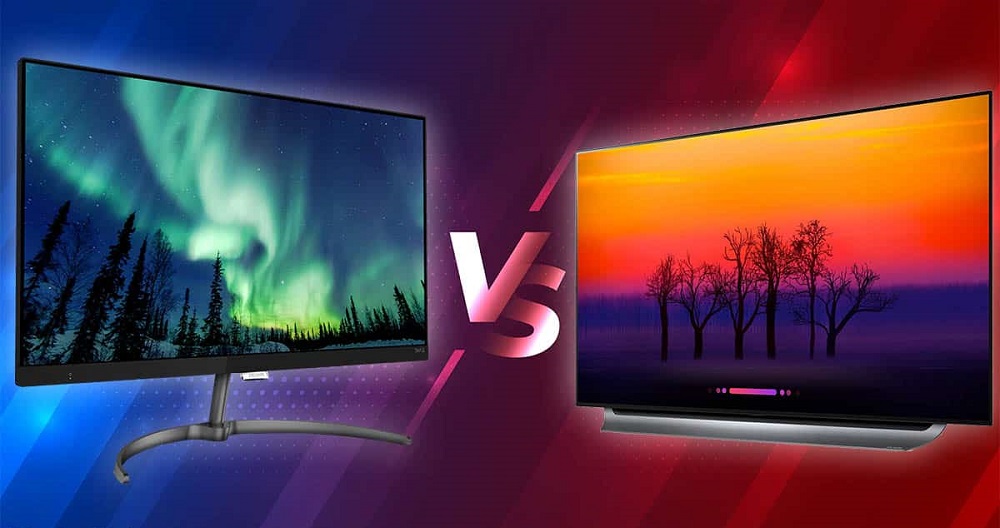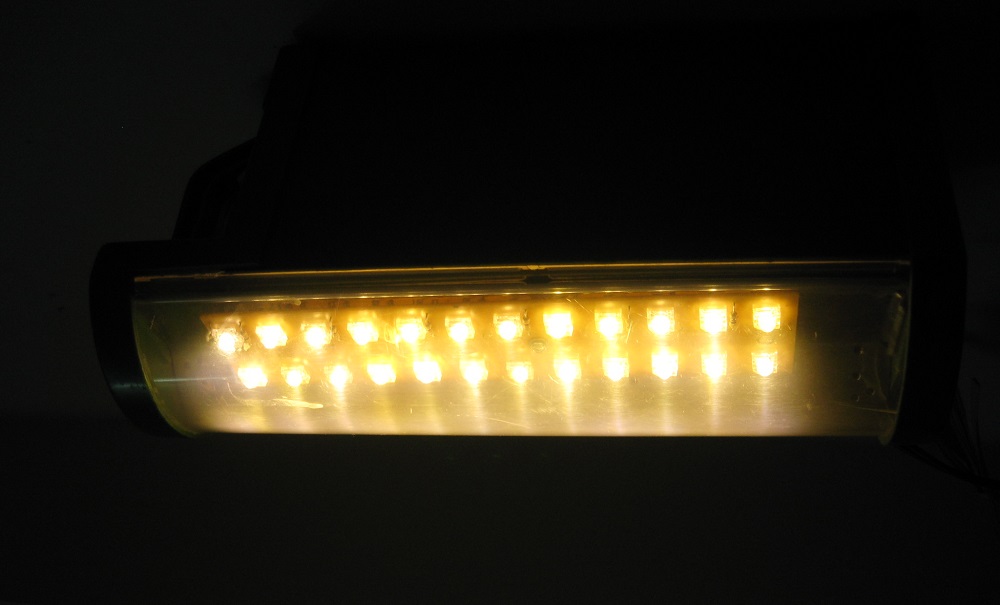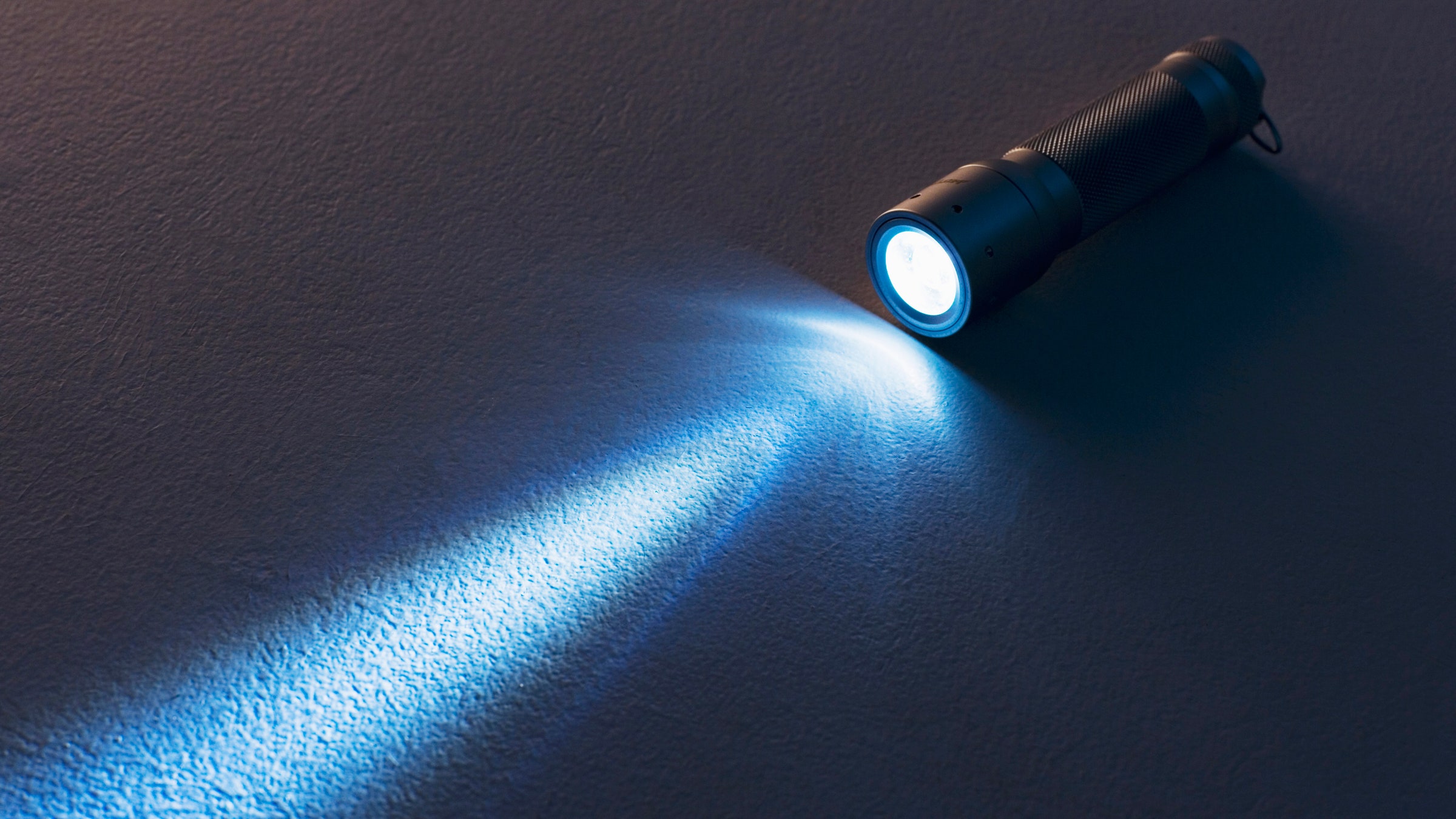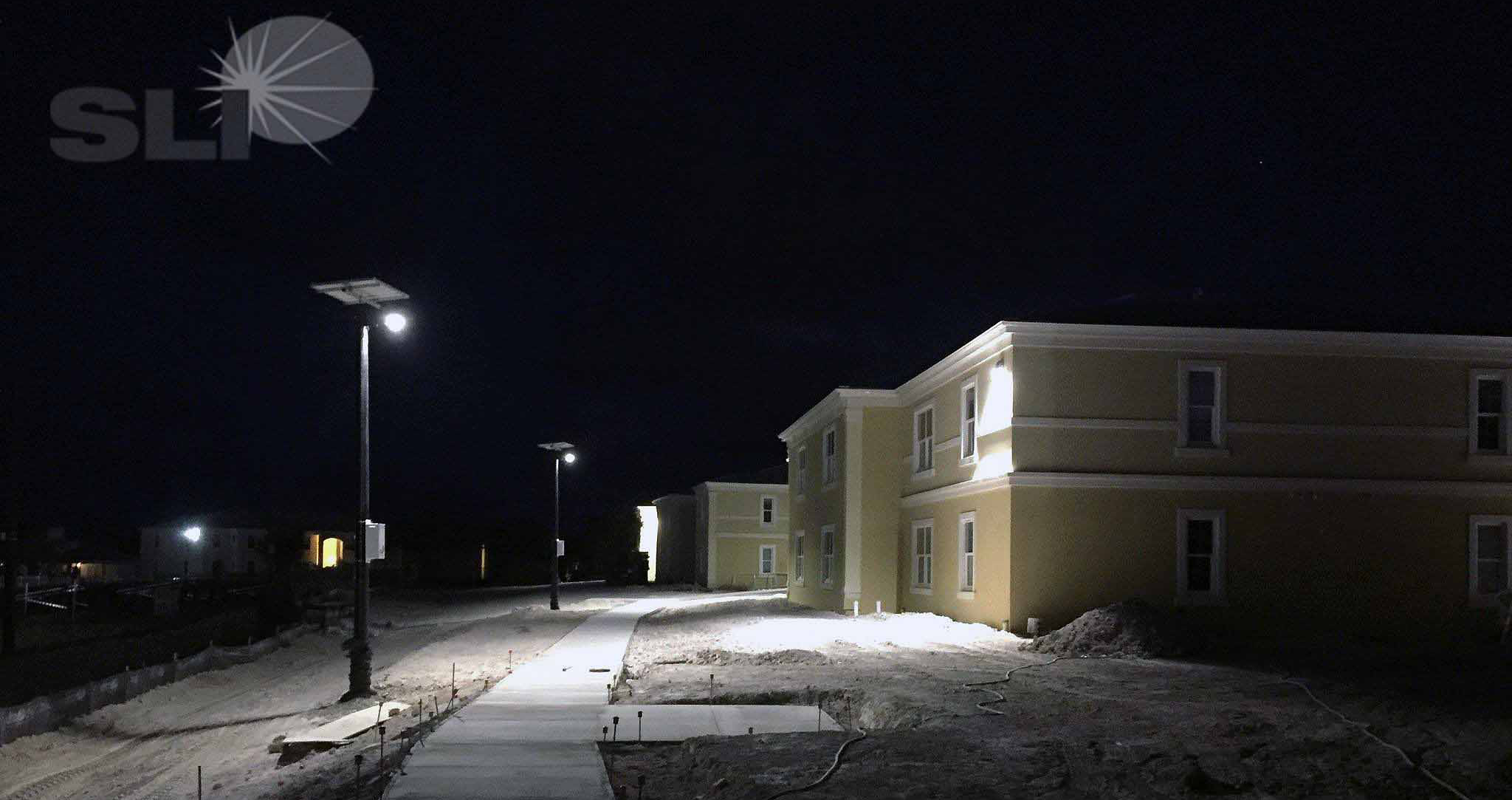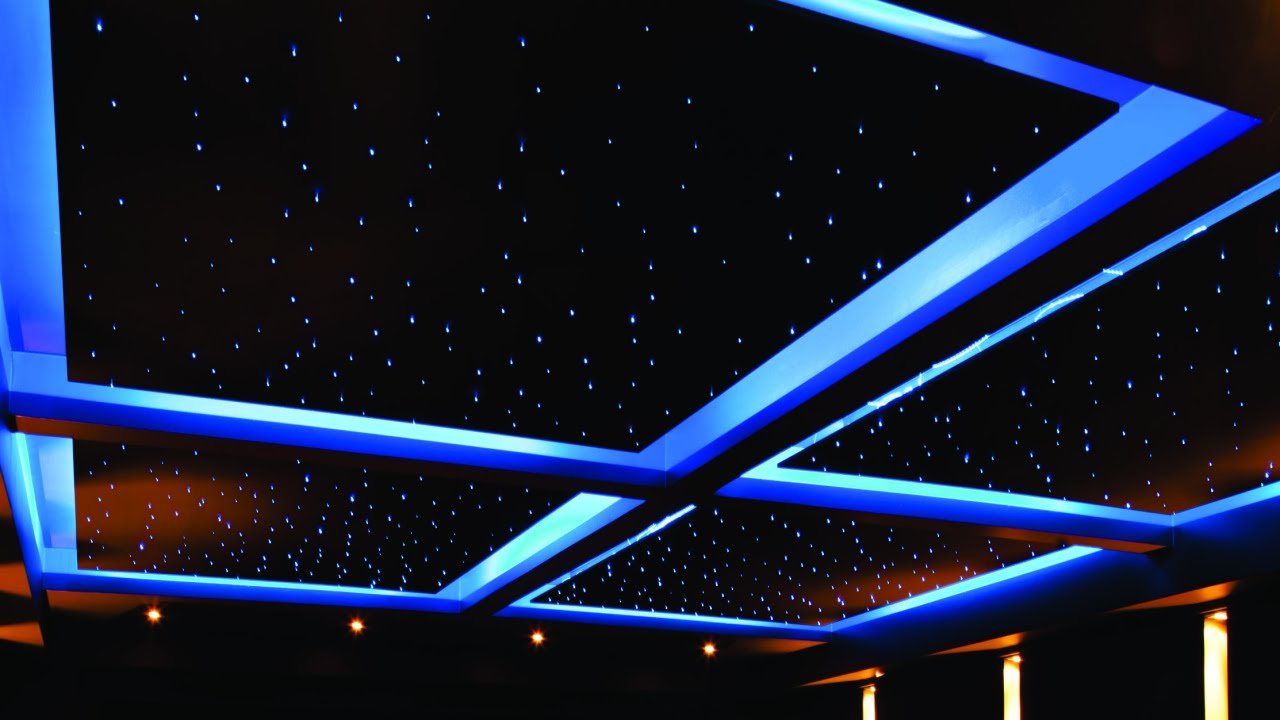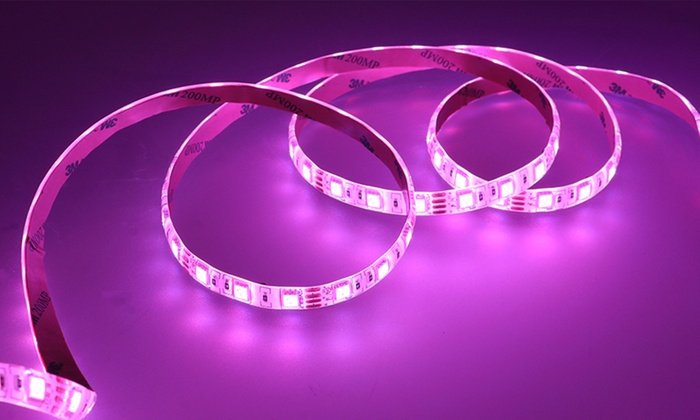Our world has continued to evolve as society fashions out new ways to do things. Regular improvement remains a fundamental practice of advanced societies, and this includes lighting. From the look of things, the use of electric lighting is something that will not go out of fashion for years to come, and we can all see the massive improvements recorded in the area of lighting. One of the improvements worth mentioning is LED. This type of lighting technology can be found in domestic appliances, Christmas trees, automobiles, and in almost any electric gadget you can think of. The general view regarding LED lighting has been generally favorable.
1. What is a LED?
2. Are LED lights dangerous to you?
3. Advantages of LED lighting
4. What is Blue Light?
5. How does Blue light affect Children’s health?
6. How to avoid LED light flicker?
7. Why do my eyes hurt when I look at a Screen for a very long time?
8. How does Computer/Phone light affect vision?
9. Screen Time recommendation to Protect your Children’s eyes
However, in the media, there are skeptics who believe that this technology is not as safe as many claims, so, therefore, they condemn its usage. Then there are others who recommend it but advise that users practice safety habits to protect themselves from hazards connected to an LED. In this article, we will look at what LED is all about. We will also analyze the benefits and risks of using it as well as recommending safety practices to protect your health whenever the light is on.
What is a LED?

LED stands for light-emitting diode, which is a light source that emanates from a demo-conductor when electric current flows through it. In the semiconductor, there are electrons that release energy called photons from electron holes. The color of LED light varies based on the level of energy required by the electrons and the semiconductor’s bandgap.
LED lights have become popular over the years, and it still remains widely used today. For over half a century, businesses and households have used them to light the way due to their longevity rate and their low-cost maintenance value.
Are LED lights safe for you?

LED lights pose certain risks to users, but modern-day innovation and technology have reduced inherent risks. As health experts raise safety concerns such as exposure to UV rays generated by the LED, manufacturers keep improving the technology to limit or to eliminate the hazards.
Advantages of LED lighting
There are certain advantages users derive from using LED lighting, which is what makes it a highly popular lighting option for many. Especially for this looking to reduce energy consumption and to save cost. Below, we look at some of the advantages of LED lighting and why you should consider using them in your home or place of business.
Longevity
This is one of the most commonly sighted reasons for using LED technology. When compared to other traditional lighting options, LED boasts a longer lifespan. The average LED light bulb boasts of between 50,000-100,000 lighting hours or more. This is a significant improvement on metal halide, fluorescent, and vapor lights that have a lifespan of just one-third of LED. Due to its longevity, you are less likely to seek new replacement frequently since the bulb you have will serve you for a very long time.
Consumes low energy
Another advantage of LED lighting? It is low consumption of power. On average, LED consumes less than 60% of the energy consumed by other traditional lighting technology. With this being the case, you can save a lot on energy costs without turning the lights off in your home.
Health and Safety
Although some experts point to certain hazards like UV rays exposure and blue light risks associated with LED lighting, however, these risks to health are not an issue. For starters, LED lighting generates little or no heat when compared to other lighting options like incandescent bulbs. Recent technological advancements also protect users from inherent risks associated with Lead lighting.
Small in Size
The actual lighting diode in LED is very small, which can be less than an mm2. This makes the technology adaptable for use in a number of electronic gadgets and equipment. Their small sizes make them ideal for residential or commercial usage. They can also be used to light up wide locations like stadiums, warehouses, or entire housing projects.
Brilliant colors
Some of the most brilliant colors you find in people’s homes, and city centers are generated by LED lighting technology. This is down to the Color rendering index (CRI) capacity of LED. CRI makes it possible to reveal the true color objects clearly.
No issues with Switches
They generally do not have issues with switching. They can be turned on and off instantaneously with no need for a warm-up period of any sort.
Environment safety
LED is environmentally safe for use. Unlike other forms of artificial lighting that have internal mercury and require special handling, LED is safe for you and the environment. Disposing of an LED bulb that has outlived its usefulness poses no risk to the environment.
Limited UV Emissions
The YV rays generated by the Sun is something we all have to deal with, especially during the hot summer months, and the last thing a body wants is to face UV risks in the gadgets we use daily. Modern LED only produce a minimal amount of infrared spectrum and even note limited UV spectrum.
They work well with Low Voltage
You no longer have to worry about your lights coming on because of low power voltage. This lighting technology is known to power up even when the voltage is low. No matter the time of day or the electric voltage on your home or office, you can keep the lights on at all times.
They work well under any temperature
Some lighting technology only works well under certain temperature conditions but not LED. LED works well under any condition, be it hot or cold temperatures without leading to degradation of any kind.
Are LED lights dangerous to you?

LED lights are not dangerous to humans per say, but there are certain components that pose a certain degree of health risks to people. The risk we speak of has to do with the Blue light generated by the LED.
Blue light hurts the vision of everyone whose sight comes in contact with it regardless of their distance to it. Minimal high-intensity blue light from LED reflects on surfaces like desks and tabletops, which can bounce back up to the human eye even if you don’t look directly into the light. And from what we know, LED contains more blue light intensity than many other lighting sources like incandescent lighting and fluorescents. Besides the risk of blue lights, one also has to consider the negative effect of cool white lights in LED as well, which also poses photo-biological risks.
The negative effects of Blue light on vision
Exposure to constant blue light has been known to cause permanent damage to the retina. This damage occurs due to constant exposure due to prolonged viewing of bright light for a long time or viewing a poorly lit device for a long time period. The negative effect of vision affected by lighting is called “Age-Related Macular Degeneration” AMD, which accounts for roughly about 35% of progressive blindness in people aged 75 and above. Other negative effects of Blue light includes:
Disruption of Human Biology
People exposed to blue light for a long time suffer from a reduction in melatonin. This reduction leads to a disruption in their circadian cycle, which has been known to affect their behavior, including their physiology. The reduction in melatonin supply may also lead to other ailments such as breast cancer, diabetes, and several other cardiovascular diseases.
Risk for Children
Blue rich light is also risky got children since it has the potential to affect their growth potential and, particularly, their vision. Children are naturally born with very clear lenses, which gradually clouds up as they age. Their lens reaches a peak performance around the age of 20 and gradually declines slowly after that age. Due to their clear lenses, the blue light generated by LED reaches their retinas directly, thereby causing potential harm. Other age groups susceptible to blue light are infants, teenagers, and toddlers. Also included in this list are the aged, pregnant women, and people with ocular diseases or artificial lenses.
They cause Migraines
LEDs that have high power lighting sources project intense light beams that may react to power fluctuations, otherwise called flickering. Constant flickering can cause migraines, eye fatigue, headaches, among other health complications. What is bad about light flickering is that you may not see them clearly when they occur, but your visual receptors pick them out all the same. Some of the known negative effects of light flickering include :
- Nausea – Reduced visual performance – Epileptic seizures in individuals dealing with neurological complications – mental distraction – Autistic visual problems
What is Blue Light?
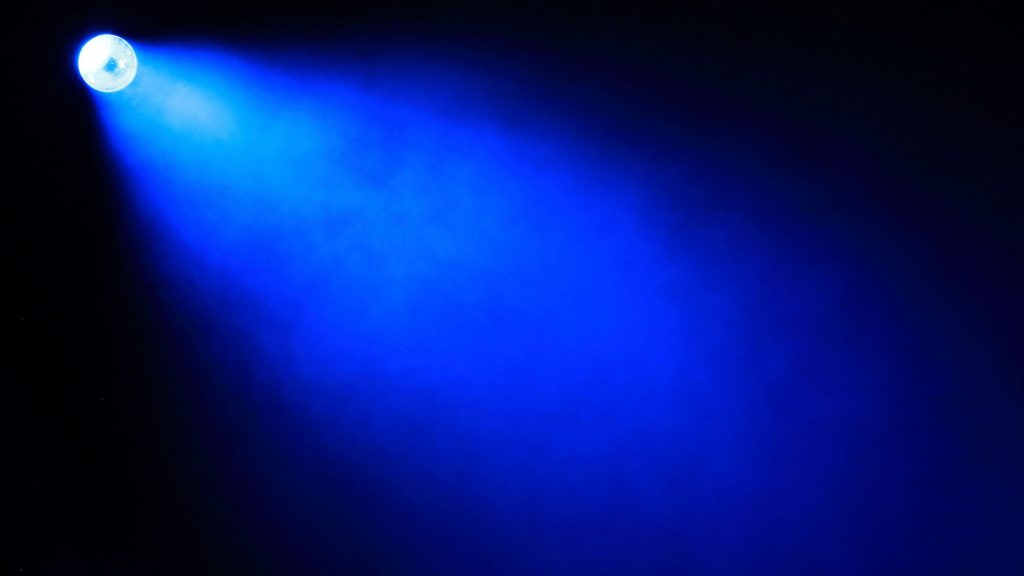
Blue Light found in LED is a narrow spectrum or shortage light with high energy visibility ranging from 400-450 mm. Blue Light is common in illuminated products, not just in phone, tv, and computer screens.
LED lights generate UV Rays when they come on
Majority of LED bulbs generate UV radiation in varying degrees. Initially, Lead bulbs did not generate UV Rays at all; however, when white light bulbs we’re introduced, this changed radically. White LED bulbs are coated with a brilliant blue phosphor that absorbs the blue light whilst generating white ones.
Most LED bulbs do joy necessarily generate UV rays, but the blues emit a small number of UV rays. The good thing is that the phosphor drastically reduces the minimal UV rays to an almost negligible level making them safe for use.
How does Blue light affect Children’s health?

Here are some of the ways by which Blue light affects Children’s health.
Childhood Myopia: Blue lights may cause visual complications in children called nearsightedness or myopia. Kids with this condition have a hard time seeing objects clearly that are placed in close proximity to their eyes.
Disrupted Sleep: It also disrupts their human biology like their sleep rhythms. Children already suffering from sleep-related issues like insomnia may be affected when more by the negative effects of blue-rich light.
Vision damage: Blue light penetrates directly into the lens of children a d this may negatively impact the functionality of their retina more than in adults.
Environmental risks: There are risks to the environment, just as there are to humans. UV radiation inhibits the growth of green plants and is also a notable cause of ozone layer depletion in our planet’s stratosphere. This constant depletion leads to the global food supply reduction caused by the chemical imbalance of plant species. The impact on nature, in general, is also felt as organisms are affected in no small way by UV rays. Exposing the environment to artificially generated rays complicate environmental issues even further.
Causes of LED light Flicker and how to avoid it
What are the causes of LED light flicker? Why does your LED bulb flicker once in a while or every so often? There are a number of reasons for this, but one of the common reason has to do with voltage fluctuations. When the electric cords supplying power to the bulb turns off or on, they create a voltage supply change which may affect the bulb’s ability to maintain a constant light intensity. This may lead to light dinners or a flicker. Some other causes are:
High power absorption by appliances
Some appliances in the home may draw on a lot of currents when they are turned on or when they are in operation. An inrush of electricity by motors may lead to a drop in voltage, which in turn, may affect the power supply to the LED bulb. If your appliances are not connected to separate breakers, you are bound to witness this phenomenon very often.
Loose Wiring
Loose wiring is another common cause of flickering LED lights. An LED bulb on a loose connection is another cause.
Incompatible switches
An incompatible switchboard may also cause light flickering. This is why users are advised to read the labeling on fixtures and bulbs before they purchase them. When installing a LED bulb, make sure that the fixture and bulb at compatible. The fixture you use has to work well with the light source for the best light intensity.
How to avoid LED light flicker?
Here are some trusted ways to ensure that your Lead bulb does not flicker due to a drop in power voltage.
Always use the right fixtures
Ensure that you use LED products that are conducive to the fixtures in place. If the fixture is incompatible, consider changing it. Some LED lighting products come with their own fixtures, power, and circuits. If yours doesn’t come with accessories, make sure you only use compatible fixtures. A professional electrician can help you in this regard.
Check for faulty connections
Unless you are an electrician yourself, you will need the expertise of a trained electrician. Let the electrician check your wiring to ensure that they are in good condition. If not, changes will have to be made with brand new replacements that are durable and conducive.
Use a Constant LED driver
A good quality Lead driver is another option if you want to eliminate the possibility of light flickers. A driver ensures that the right power voltage flows to the bulb when on.
Go for quality
Procuring low-quality Lead bulbs due to their cheap price is one of the commit causes of light flickering and dinners. If you want perfect light quality, only LED products of the highest quality will survive. Going for quality over price should be your goal. You can find very good Lead products online by reading the reviews of customers who have used or are currently using any LED lighting product in particular.
Why do my eyes hurt when I look at a Screen for a very long time?

Eye aches, as a result of stating at a height screen for a long time, is something we all have had to deal with. In fact, many of us deal with this complaint almost on a daily basis. As society becomes more dependent on visual gadgets, this problem will never go away. Heading computer vision syndrome (CVS) is a general term given to eye problems caused by prolonged screen usage. And if research is anything to go by, a lot of people battle with this syndrome on a daily basis. Like adults, children are also affected as educators increasingly utilize computers and visual gadgets to impact knowledge.
How does Computer/Phone light affect vision?
Technology gadgets affect vision because our eyes ted yo follow the same path to and away from the screen regularly. The longer this practice continues, the worse the impaired vision. People who suffer from this have what experts call CVS or Carpal tunnel vision syndrome.
When working with a computer, the user’s eyes have to focus and refocus at intermittent intervals. As this movement is ongoing, the eye reacts differently based on visual objects it is exposed to, as well as the intensity of the light. In addition, different rapid messages are transmitted to the brain for interpretation. There are a few consequences of this.
These constant back and forth movement place a lot of stress on the eye muscles. To make matters worse, varying degrees of light flickering and screen glare impact the retina, which is a very sensitive, competent human eye. Finally, when you look at a screen for long, you are less likely to blink. Little or no blinking leads to eye dryness, which blurs vision.
Screen Time recommendation to Protect your Children’s eyes
The eyes of growing children are very sensitive to light as well as changes in the surrounding environment. This is especially true when it comes to the use of screens either for academics or for pleasure. Managing the screen time of your kids is very important if you wish to protect their vision when it is most vulnerable due to their age. Here are some ways to regulate screen time so as to protect their eyes.
Teach them good Screen habits
The best way to protect them is to cultivate them with good screen habits from an early age. Children pick up things faster than adults and are known to run with whatever they learn all the way into adult life. Adopting helpful tips will protect them both now, and in the future, so they will be less likely to suffer from dry eyes or eye strain. Here are some tips to imbibe.
- Use the 20/20/20 rule: Encourage them to look at least 20ft away from the screen every 20 minutes for 20 seconds.
- Set a timer: To help them master the 20/20/20 rule, consider setting a timer to remind them when it’s time to look away.
- Mark them read actual books sometimes: Ebooks convey as much information as actual books, but reading actual books helps them avoid the challenges of viewing a lighted screen for a long time. Even when they read actual books, encourage them to observe the 20/20/20 rule often.
- Discourage screen usage outdoors or in brightly lit rooms: The glare from a screen when viewed in a lighted space can strain the retina considerably. Discourage the use of phones, tablets, or computers outside or in brightly lighted rooms.
- Adjust screen brightness and contrast: Before your child starts using a device, make sure you adjust the screen brightness and contrast to suit their eyes. The screen should not be too bright or too dim. This is very important if the device does not belong to them. If it is theirs, you can set the brightness to a default setting for safety.
- Teach proper sitting posture: A poor posture can lead to eye muscle tightness and migraines. Teach them how to sit properly when using a device.
- Hold the device farther away: Holding the device too close to their eyes is not ideal. Encourage them to hold it at least 18-24 inches away from their face.
- Remind them to blink: Regular blinking is necessary for the eye to retain moisture. Failure to blink regularly leads to eye dryness and blurry vision.
- Encourage outdoor play: Sitting in front of the screen all day is not ideal for your child’s health. Encourage them to play outdoor and to engage in physical activities like sport.
Before you place an order for an LED screen or bulb products, make sure you are getting a product of only the best quality. Take your time to read product reviews posted by previous buyers. Also, check for the track record of the manufacturer to see how good their products are. Some manufacturers are known to sell bulbs with a warranty of 3 years or more attached to their products. Buying warranty backed products will help you save money.

